The futuristic air defense system of Washington, D.C. was defeated by a postman
The D.C. area is protected by visual warning lasers, flare cannons, military radar systems, advanced electro-optical sensors, five types of missiles, Coast Guard helicopters, and F-16 fighter jets. None of these stopped the postman.

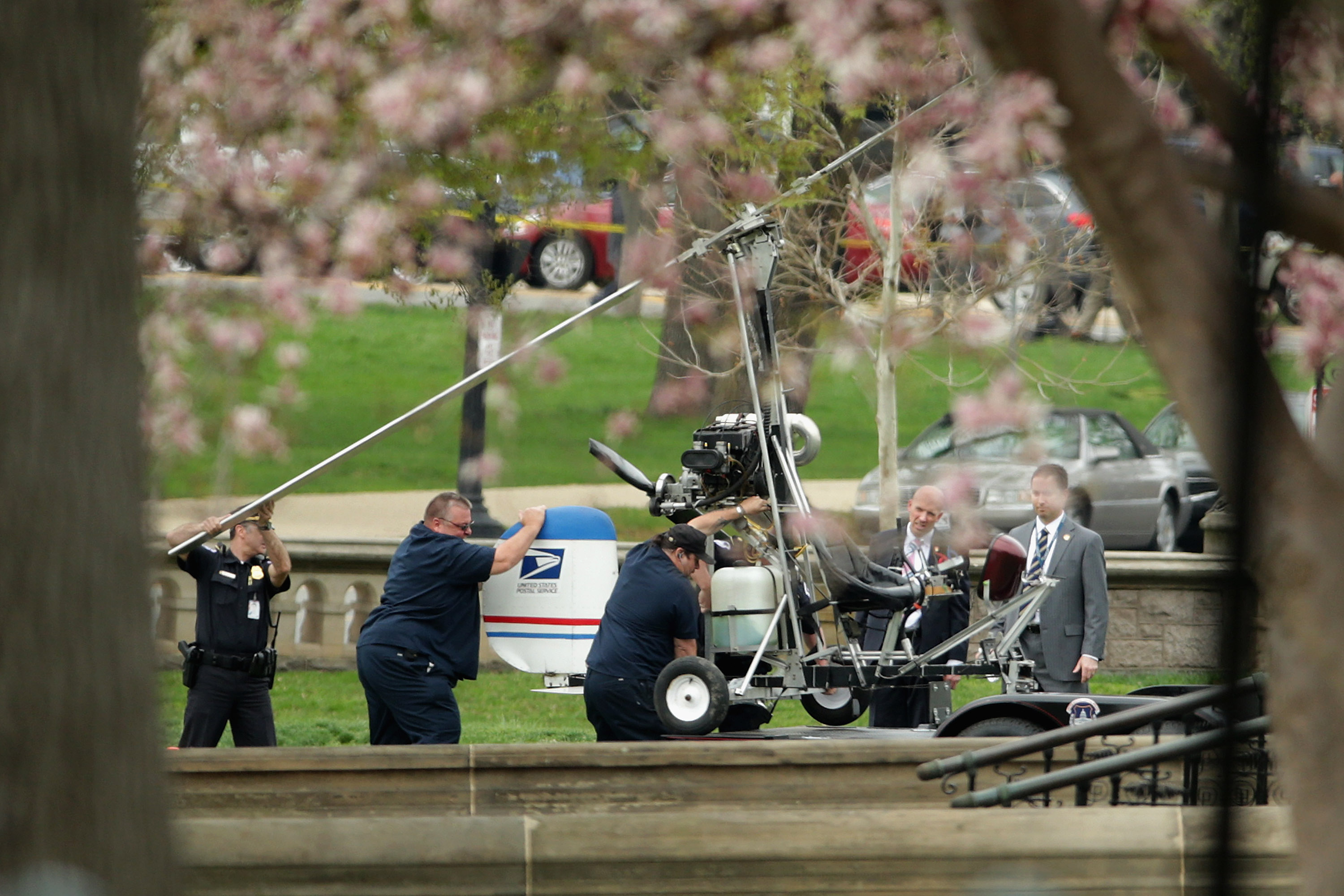
A postman-turned-protester delivering letters flew a single-person gyroscope undetected through the nation's most secure and highly monitored airspace Tuesday, landing his aircraft yards from the U.S. Capitol before he was arrested.
His public declaration of intent to protest notwithstanding, how did he get through the expensive and lethal military assets that protect Washington, D.C.?
Most Washingtonians are vaguely aware that the region lies beneath a 24/7 canopy of combat air patrols. When passenger planes take off to the north from Reagan National Airport, they turn sharply left just after take-off in order to avoid crossing into airspace around the White House and near the U.S. Capitol. And since 9/11, under the mission name of Operation Noble Eagle, F-16 fighters and Coast Guard helicopters regularly chase small planes, usually general aviation aircraft, out of the larger Air Defense Identification Zone, which stretches out 30 miles from the center of Washington, D.C. The White House, the Pentagon, Capitol Hill, the CIA, and other military reservations were also fortified after 9/11 with air defense systems. More than 10 years later, the National Capital Region Integrated Air Defense System is touted as a model for protecting critical infrastructure, major cities, and military installations.
The Week
Escape your echo chamber. Get the facts behind the news, plus analysis from multiple perspectives.

Sign up for The Week's Free Newsletters
From our morning news briefing to a weekly Good News Newsletter, get the best of The Week delivered directly to your inbox.
From our morning news briefing to a weekly Good News Newsletter, get the best of The Week delivered directly to your inbox.
The NCR-IAD's warning equipment include visual warning lasers, flare cannons, FAA radars, military radar systems, advanced electro-optical sensors (Enhanced Regional Situation Awareness), and regular cameras.
Its "engagement assets" include the Norwegian Advanced Surface to Air Missile System (NASAMS) for long-range air defense; SLAMRAMMs — Surface Launched Advanced Medium Range Air to Air Missile batteries mounted on Humvees — for protection closer in; Sentinel phased array warning radar, which detects smaller targets at a range of 75 miles; and the Army's Avenger system for threats closer to the ground or closer to the center of the protected area. The Stinger missiles around D.C. require humans to air them and confirm targeting; they have a range of about five miles and can reach about 10,000 feet in the air.
The system is redundant. And it feeds a lot of information back where humans and computers decide whether blips and tracks represent commercial aircraft that are clean and cleared for the ADIZ by the FAA, or general aviation aircraft that might fly near the perimeter of the ADIZ, or even large flocks of birds, blimps — and yes — gyroscopes, friendly or hostile.
A confusing patchwork of operational orders, command relationships, and formal agreements govern how the air defense system is maintained. A set of classified rules are in place to allow the president, the secretary of defense, or delegated officers to decide whether to engage, i.e. shoot down, a target. Here is how the system is supposed to work.
A free daily email with the biggest news stories of the day – and the best features from TheWeek.com
NORAD/NORTHCOM Concept of Operations Plan 3310 puts the secretary of defense in charge of the entire enterprise. The commander of NORAD maintains operational control of the forces, along with a deputy responsible for direct command and control. That deputy and his battlestaff sit at Tyndall Air Force Base in Florida. From there, the forces diverge.
The integrated system of radars, missile batteries is operated by the Joint Air Defense Operations Center (JADOC) at Bolling, AFB. It is responsible for direct control of the missile batteries, defensive systems, and their sensors. Elements of the U.S. Air Force and U.S. Army staff the JADOC 24/7. For the fixed wing and rotary wing aircraft, including F-16s on alert at Andrew Air Force Base, command and control flows from the battlestaff at Tyndal to the Eastern Air Defense Sector in Rome, New York, which has direct tasking control over the aircraft, coordinates with the JADOC, fuses intelligence from NORAD, the FAA and other sources, and oversees the airspace itself.
A coordination center staffed by liaison officers from the Secret Service, Capitol Police, FBI, and other agencies receive the same information — a common operating picture — that the JADOC and EADS get, and add their own paint to the mix, also being asked with direct reach-back. (The Secret Service liaison officer would be in direct contact with various Secret Service command centers, for example). An unclassified and perennially active conference call, the Domestic Events Network, or DEN, is one of several ways that all of these entities coordinate with each other.
CNN reported that NORAD did not detect the gyrocopter. That's scarier, in most respects, than if they had detected it, and commanders had made a decision not to shoot it down.
Marc Ambinder is TheWeek.com's editor-at-large. He is the author, with D.B. Grady, of The Command and Deep State: Inside the Government Secrecy Industry. Marc is also a contributing editor for The Atlantic and GQ. Formerly, he served as White House correspondent for National Journal, chief political consultant for CBS News, and politics editor at The Atlantic. Marc is a 2001 graduate of Harvard. He is married to Michael Park, a corporate strategy consultant, and lives in Los Angeles.
-
 Trump vs. states: Who gets to regulate AI?
Trump vs. states: Who gets to regulate AI?Feature Trump launched a task force to challenge state laws on artificial intelligence, but regulation of the technology is under unclear jurisdiction
-
 Decking the halls
Decking the hallsFeature Americans’ love of holiday decorations has turned Christmas from a humble affair to a sparkly spectacle.
-
 Whiskey tariffs cause major problems for American distillers
Whiskey tariffs cause major problems for American distillersIn the Spotlight Jim Beam is the latest brand to feel the pain
-
 'Once the best in the Middle East,' Beirut hospital pleads for fuel as it faces shutdown
'Once the best in the Middle East,' Beirut hospital pleads for fuel as it faces shutdownSpeed Read
-
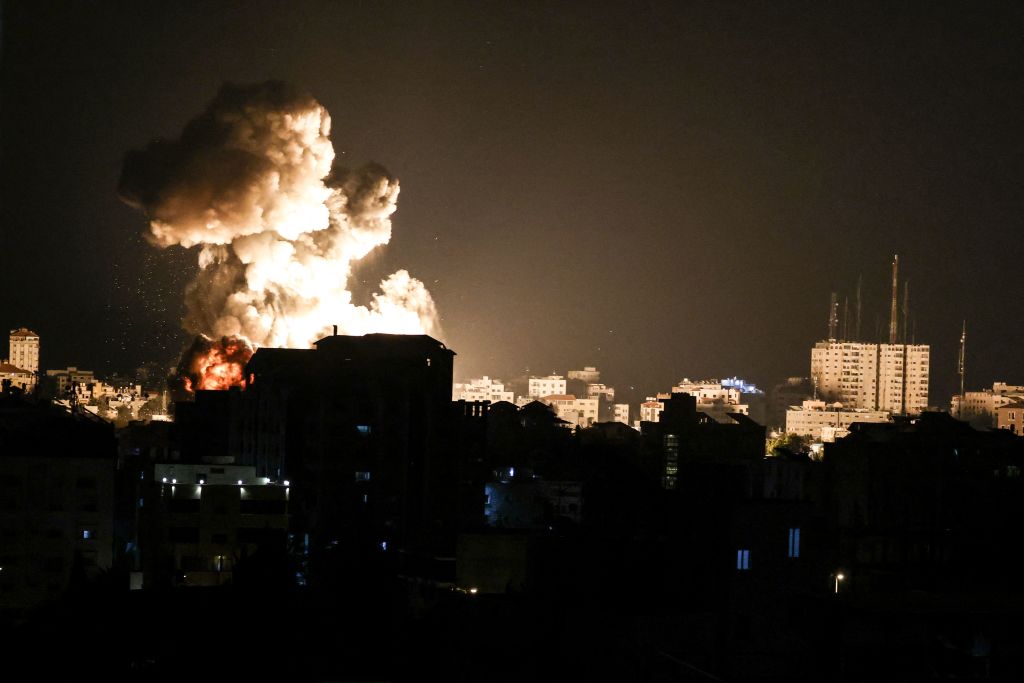 Israeli airstrikes kill senior Hamas figures
Israeli airstrikes kill senior Hamas figuresSpeed Read
-
 An anti-vax conspiracy theory is apparently making anti-maskers consider masking up, social distancing
An anti-vax conspiracy theory is apparently making anti-maskers consider masking up, social distancingSpeed Read
-
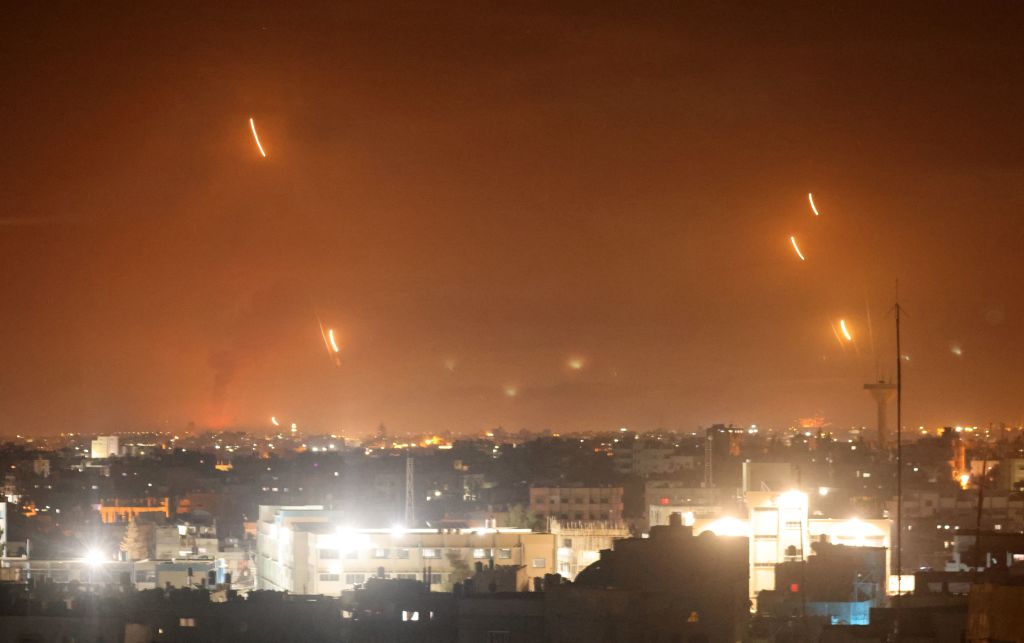 Fighting between Israel and Hamas intensifies, with dozens dead
Fighting between Israel and Hamas intensifies, with dozens deadSpeed Read
-
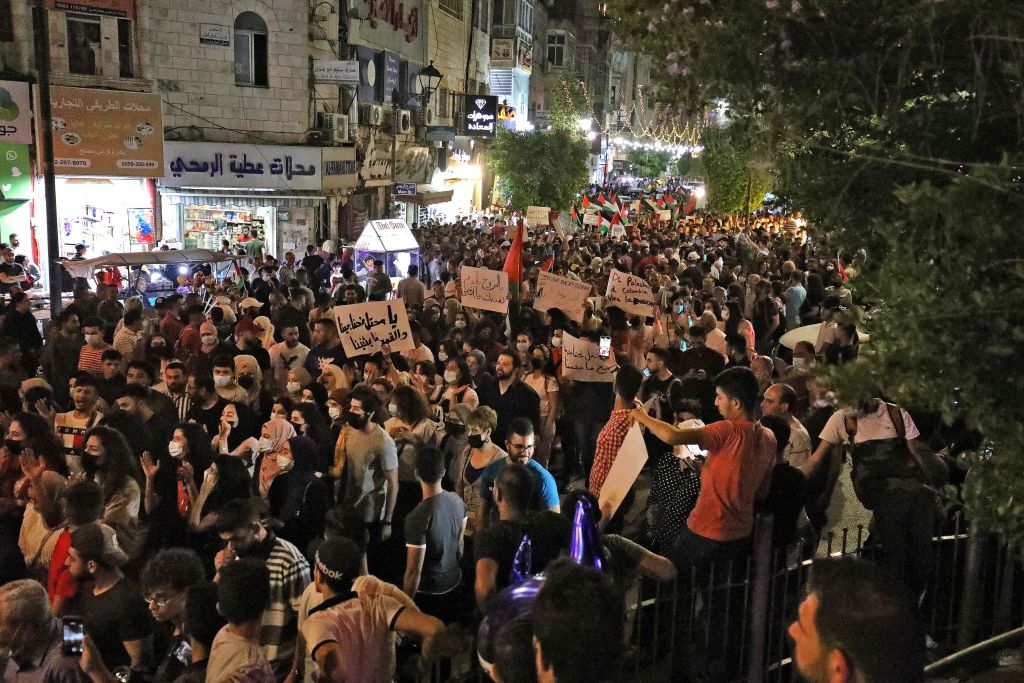 United States shares 'serious concerns' with Israel over planned evictions
United States shares 'serious concerns' with Israel over planned evictionsSpeed Read
-
 Police raid in Rio de Janeiro favela leaves at least 25 dead
Police raid in Rio de Janeiro favela leaves at least 25 deadSpeed Read
-
 Derek Chauvin's attorney files motion for new trial
Derek Chauvin's attorney files motion for new trialSpeed Read
-
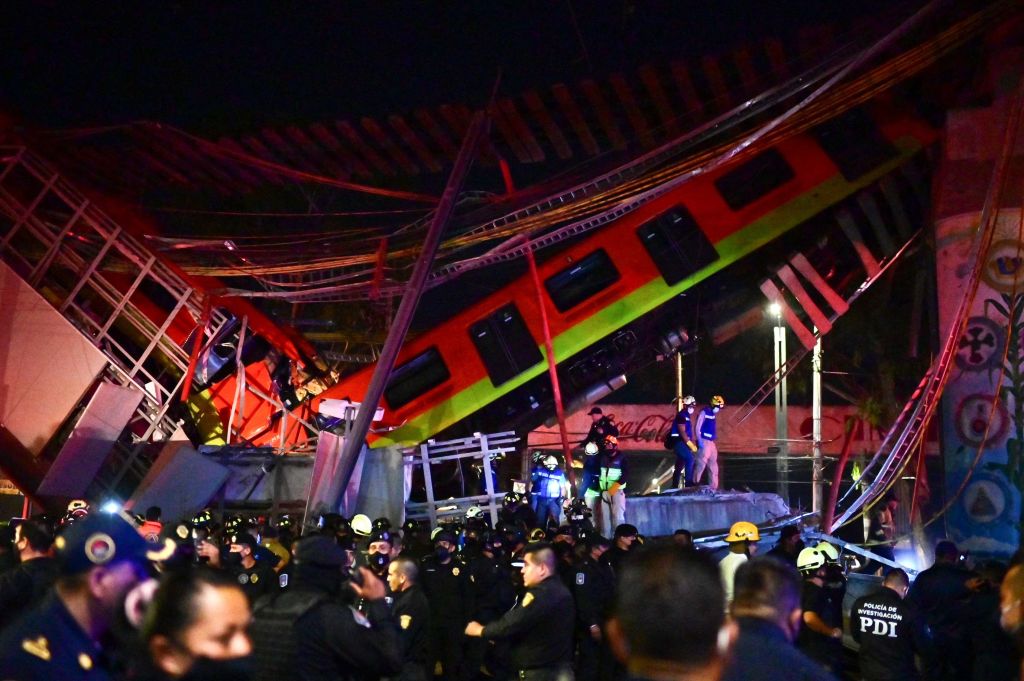 At least 20 dead after Mexico City commuter train splits in overpass collapse
At least 20 dead after Mexico City commuter train splits in overpass collapseSpeed Read
